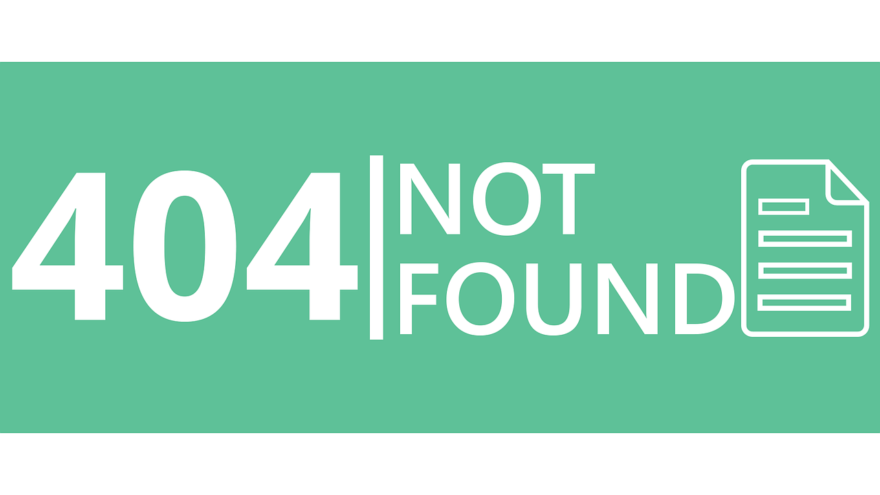It doesn’t matter how big or small your small business site actually is – your visitors will eventually end up in a 404 page (you know, the page that pops up when someone is trying to access a page that simply doesn’t exist). Be it because they mistype your URLs or because you forgot to take down a broken link, they’ll probably come across the infamous 404 page.
If you (or your web designer) didn’t take the time to actually create a 404 page for your site, then something like this horrible thing will appear.

It’s a terrible sight that can confuse your visitor or scare away anyone trying to access directly to your site by typing the URL (yes, it sounds prehistoric, but people still do that). To avoid that from happening to you, you need to make your own 404 page.
But don’t think of it as an error disguised in a pretty costume. Think of the 404 as an opportunity to engage with your clients in a clever, funny or practical way. There are several reasons why a custom 404 page is way better than a generic one. Here are 4 of those reasons.
1 – It helps to show who you are
A custom 404 can show your creativity, underline your mission or just to make a digital wink at your target audience. Probably the most well-known example in the 404 page design world (if there is such a thing) is the one from Bluegg. It’s absurd, funny and shows that they like to think outside the box. You should totally check it out.

2 – It can be turned into a landing page
We said ‘opportunity’, you should have heard ‘more leads’. If you are going to create an additional page, why not take the chance and actually make it useful? Visitors arriving to your 404 might not get what they were expecting but they’ll still be there. Why not make the most out of those visits and offer them something that might spark their curiosity? Check how OfficeDepot does a simple yet effective job in their 404 – popular products, resources, best sellers. It’s the triumph of function over form but it works.
 3 – It can pave the search engines’ way
3 – It can pave the search engines’ way
Whenever a search engine crawl through your website, it follows the links it finds on every page to index it. It’s some sort of reconnaissance mission to know what the heck can be found in your site. So, if you didn’t do anything to your standard 404 and it still looks at that ugly thing we showed you above, then the search engine will say “alright, that’s a dead end” and won’t keep going. The result is pretty obvious – there might be some pages on your site that will go without being indexed (meaning that, for that search engine, those pages don’t exist and won’t be displayed in search results).
The custom 404 can solve that for you. Just throw some links to relevant pages on your site (homepage, services, about us, contact) and you’ll be all set.
4 – It can actually be useful
Technically, 404 pages are useful – they inform the visitor that they screwed up and should head somewhere else. Yet, you can make yours even more useful by providing extra resources. The classic examples for this is the typical “Is this what you were looking for?” with a link to the closes thing that resembles to the mistyped URL. You can also offer other things, like a search box, ebooks, links to interesting articles or anything you can think of.
What you should take away from this article is fairly simple – don’t miss the opportunity hidden within a 404 page. If you play your cards right and make it stand out, you’ll catch your visitors off guard and earn some points without making and effort.


 3 – It can pave the search engines’ way
3 – It can pave the search engines’ way